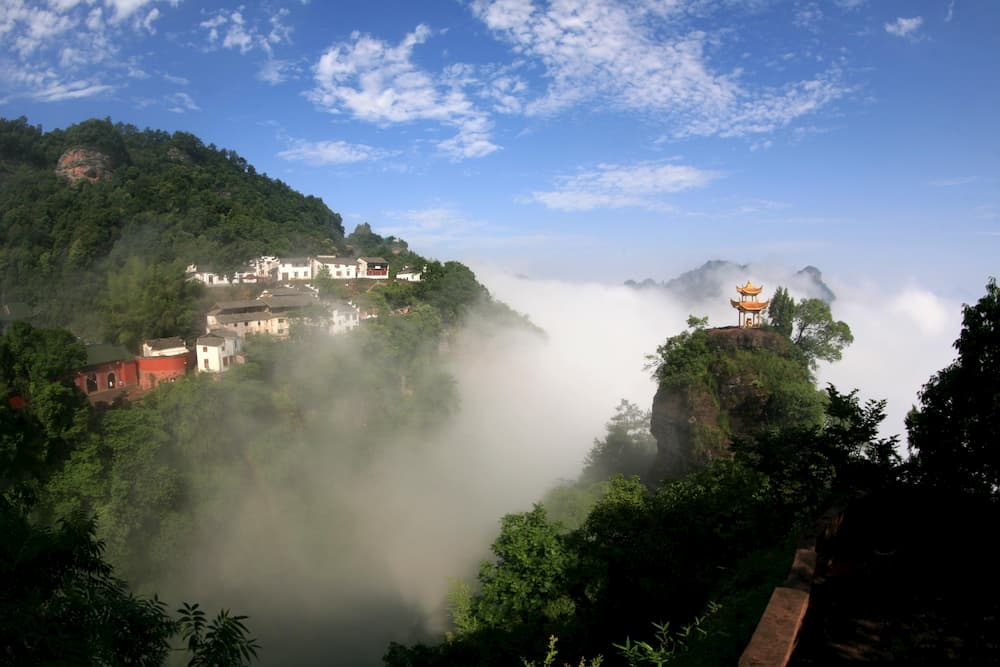
Gesar
Splendid
Chi Culture
Topic
Gesar represents a living epic tradition: in terms of length, it is the longest and in terms of content it is the most comprehensive. Jointly created by Tibetan and Mongolian ethnic groups, the epic occupies more than 120 volumes with more than one million lines and twenty million words. The main story focuses on the life of the legendary King Gesar and can be divided into three sections: the formation of his clan, his heroic deeds, and the myths regarding his subjugation of demons. In 2009, Gesar was inscribed by the United Nations Educational, Scientific and Cultural Organization on the Representative List of the Intangible Cultural Heritage of Humanity.
Considering the amount of time necessary for composition, circulation among tribes and bards, the evolution of the story, and the development of the epic, researchers conjecture that has taken one- to two-thousand years for it to reach its present form. This great heroic epic is still widely sung on the vast Tibetan Plateau.
Gesar is a mixture of rhymed and unrhymed portions; the unrhymed portions recount the characters and events; the rhymed portions act as a bridge between the unrhymed sections. The singing section is the main body of the epic, which details how Gesar and other heroes he led subdued the demons.
Epics generally fall into two categories: 1. those that are centered on events and 2. those that are centered on characters. Judging from its overall structure, Gesar appears to belong to the second category. However, if one analyzes each section of the epic, it seems that it is centered on events as well. Thus, Gesar falls into both categories which makes it unique among epics.
Gesar has several singular features. The first is that it is a comprehensive and systematic reflection of the way Tibetans understood themselves and the universe in early times, including their concept of metempsychosis. Another feature is its unusual structure. As it developed over a long time, the text of Gesar separated into two versions: a “version divided by chapters,” and a “version divided by sections.” The “version divided by chapters” refers to the text, including the three sections mentioned above, and tells the story from the beginning to the end. Later bards continued the plot by adding new material. In this way, the content and characters of the epic became increasingly enriched (complicated), and the art of creating new stories or characters became even more mature. Among the stories, some tales were gradually separated from the main text and became independent chapters. Such a version is called the “version divided by sections.”
Bards, or storytellers, have played an important role in the transmission of the Gesar. In the Tibetan region, there are more than one hundred storytellers who specialize in Gesar. They generally fall into seven categories: artist inspired by dreams, artist inspired by instant-enlightenment, artist inspired by hearing, artist inspired to chant, artist inspired by discovering “hidden treasures” (knowing the story hidden in one’s heart), artist inspired by “circular light” (seeing the story in a bronze mirror), and artist inspired by “excavating treasure houses” (performer who excavates a buried Gesar text). Zaba, Sangzhu, and Yumei are the most famous performers of the epic.
In order to heighten the storytelling and attract audiences, some folk artists make paintings of characters and scenes from the Gesar. As they put up portraits of the characters, they explain the stories and sing. These were the earliest thangka paintings about Gesar and began a history of a specialized type of painting called zongthang, meaning thangkas based on the King Gesar epic.
After human and material resources were organized in the 1950s, the Chinese government made a massive effort to preserve the Gesar; these efforts included collecting and collating the work. Great achievements have been made in the past twenty years, such as rescuing Gesar-related material, establishing Gesar studies, training specialists, publishing research, and establishing international academic exchange.







